As the leaves turn golden and the calendar edges toward October, cybersecurity PR teams everywhere confront the perennial question: will your company join the annual prediction campaign this year? The season may inspire skepticism—with countless vendors offering their takes, the concern arises: can your voice rise above the noise? Can predictions make a tangible difference?
Looking back at standout campaigns from 2024, we uncover strategies that not only captured attention but also advanced business goals. These insights can guide cybersecurity founders and PR teams as they plan for 2025, offering ways to navigate this crowded landscape effectively.
NOTE: This article has been adapted from its original version published on my LinkedIn. To ensure compliance with search engine requirements for unique content, the text has been rewritten with the assistance of ChatGPT.
Should You Join the Predictions Frenzy?
Should You Join the Predictions Frenzy?
The answer is a resounding yes. Prediction campaigns resonate because they align with audience mindsets at the year’s end—a natural time for reflection and forward-thinking. Rather than skipping the opportunity, focus on crafting thoughtful, high-value content that speaks directly to your audience. Predictions campaigns are a chance to position your company as an industry leader and engage in meaningful conversations that matter.
The Challenge of Differentiation
The Challenge of Differentiation
Standing out requires addressing trending industry topics while offering fresh, actionable insights. Consider how your expertise intersects with broader industry challenges. For example, WatchGuard, a provider of security solutions for mid-sized organizations lacking large security teams, raised concerns regarding their vulnerability to AI-driven attacks as proliferation of multimodal AI leads to democratization of cyber threats, empowering less-skilled attackers (the latter idea was also introduced by Google earlier). WatchGuard presented AI-powered anomaly detection as a solution—a feature tailored to meet the needs of midsize organizations with limited resources.
Similarly, Trend Micro’s campaign stood out by exploring AI’s evolving role in cybercrime. Their granular analysis of threats like deepfakes and AI-driven malware highlighted their expertise in emerging technologies, reinforcing their position as a leader in global cybersecurity solutions
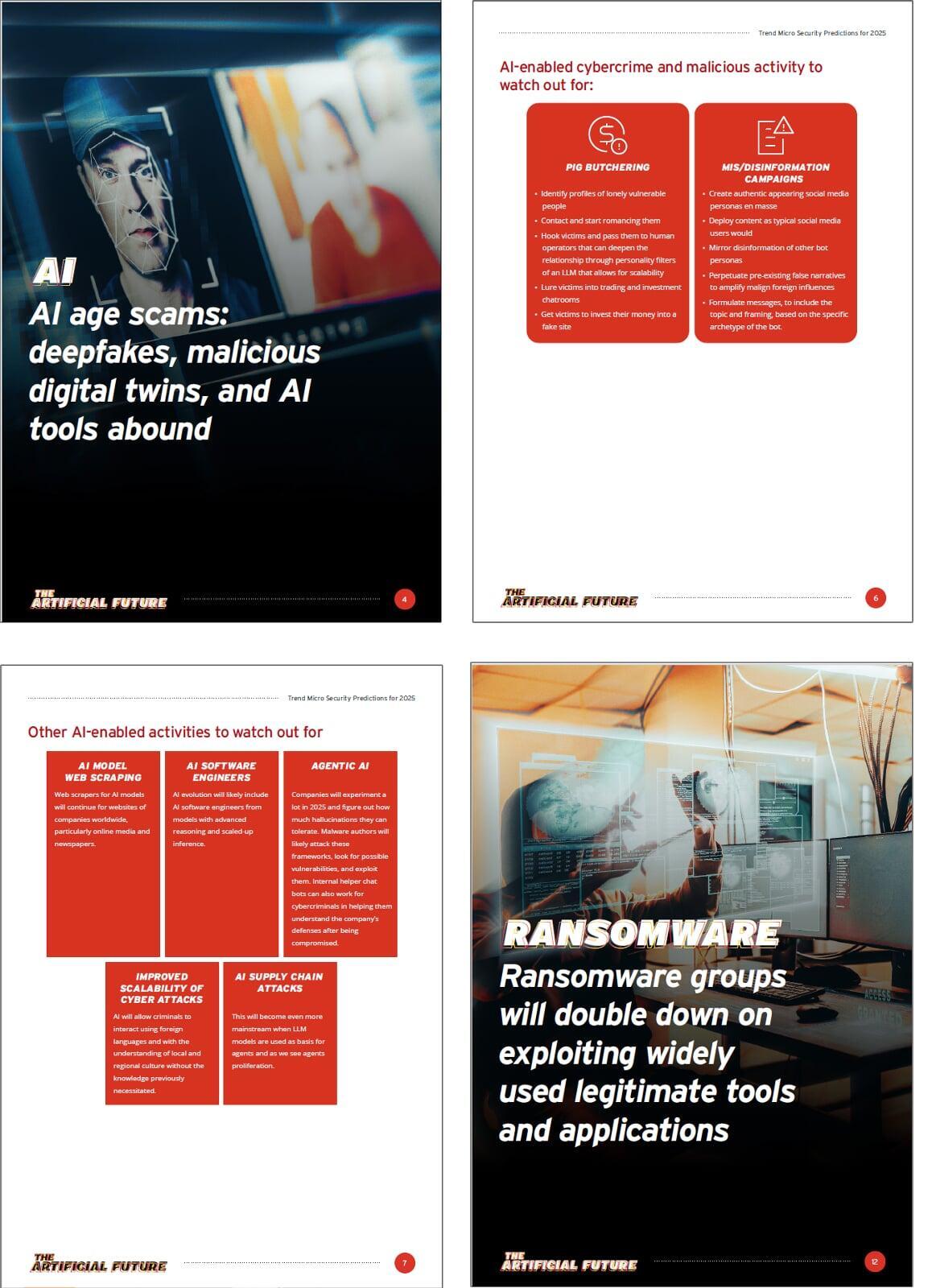
When Your Expertise Feels Niche
When Your Expertise Feels Niche
If your company’s focus is narrow, use that as a strength. Targeting niche audiences can create a loyal following, provided your message connects broader issues to your expertise.
For example, the campaign by BeyondTrust focuses heavily on identity security and privilege access management, targeting enterprises managing complex identity structures. However, they didn’t strictly limit themselves to their core domain. Instead, the campaign also covered a range of widely discussed topics, connecting them with the products’ value proposition while remaining visionary. Specifically, BeyondTrust highlights how quantum computing could disrupt cryptographic methods, underscoring the need for strong identity and privilege management to mitigate risks from compromised encryption. They tie ransomware trends to minimizing the "blast radius" of compromised accounts through privileged access management and emphasize the role of identity security in securing legacy systems during transitions.
Competing Without a Research Powerhouse
Competing Without a Research Powerhouse
Not every organization has the resources of a Trend Micro or Splunk. If producing a comprehensive research isn’t feasible, leverage the expertise of your leadership team.
For example, Splunk’s campaign incorporated perspectives from their C-suite, linking insights to strategic priorities. Smaller companies can emulate this approach, focusing on unique perspectives and expertise within their teams
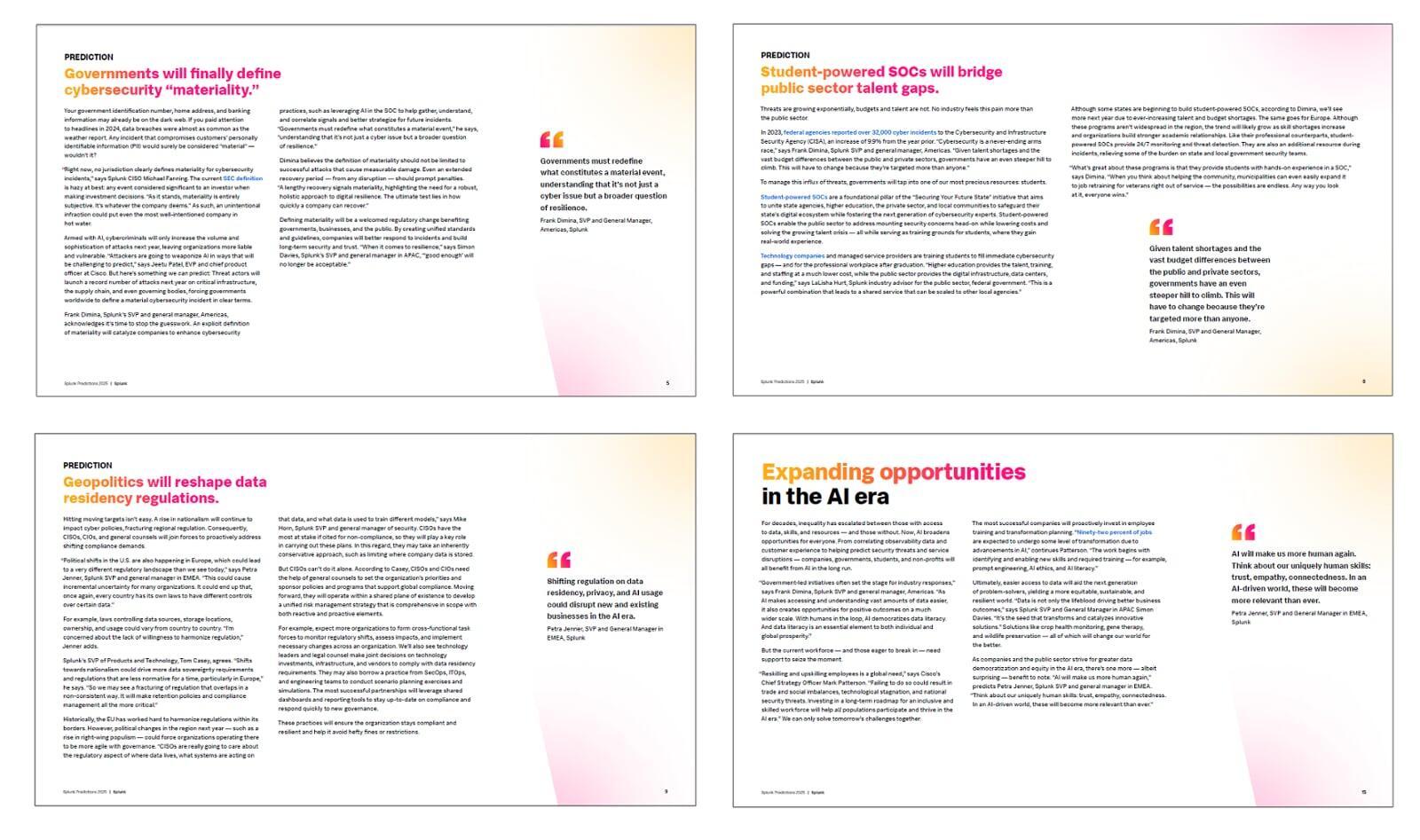
How Trendy Should Your Predictions Be?
How Trendy Should Your Predictions Be?
Trendy topics like AI are hard to ignore, but the depth of focus should align with your business priorities. This year, of the ten campaigns I explored (WatchGuard, SentinelOne, BeyondTrust, Forescout, ZeroFox, Tanium, Splunk, Check Point, Trend Micro, Palo Alto, Google), each mentioned AI—but only two (by Trend Micro and Palo Alto) were strongly focused on it.
Palo Alto’s campaign titled “The Convergence of Cybersecurity and AI—7 Game-Changing Predictions for 2025” offers comprehensive insights authored by high-level experts and covers a wide range of topics, from AI-powered attacks to ransomware. It frames these insights within geopolitical, technological, and business developments, balancing technical nuances with a visionary narrative. Such a bold approach suggests the company’s ambitions to establish itself as a key security provider for global enterprises to combat cutting-edge AI threats.
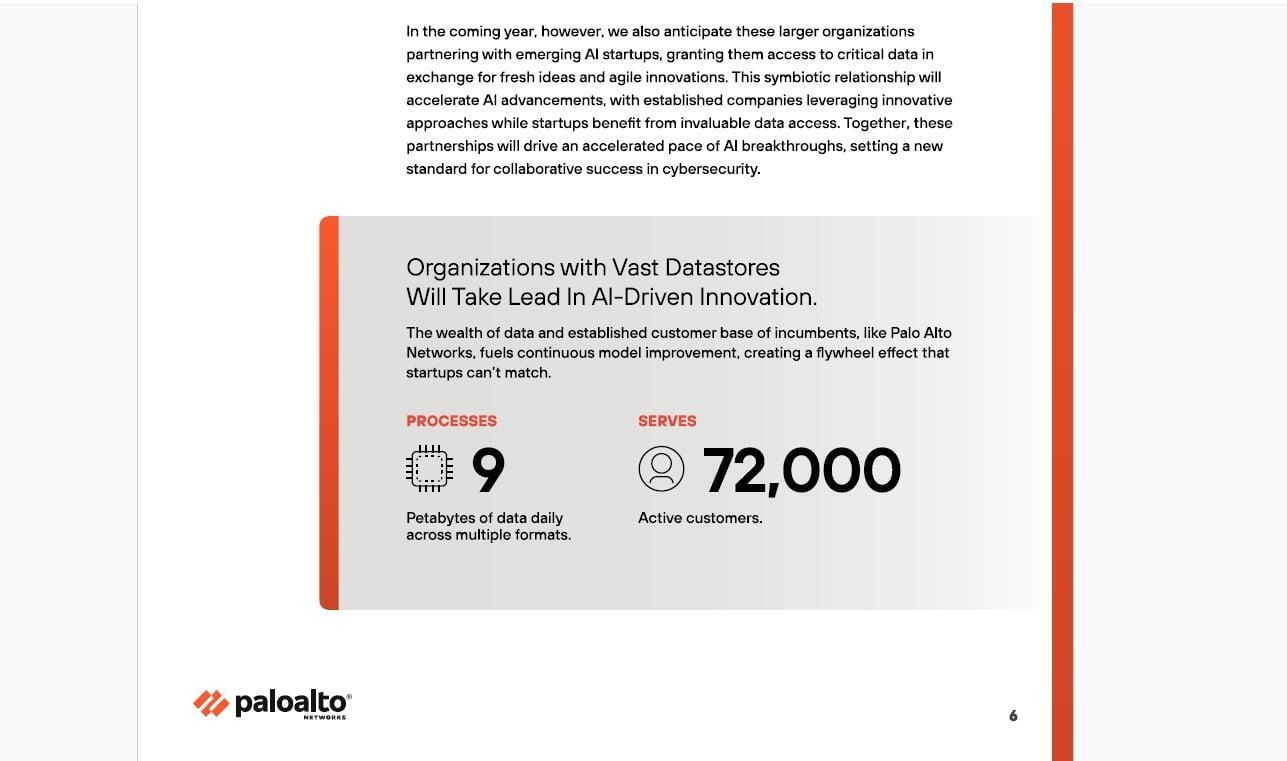
However, other vendors, like Tanium, touch upon AI among other trends in their predictions instead of focusing on it heavily, suggesting their business' minimal focus on this trend.
Formats That Elevate Your Campaign
Formats That Elevate Your Campaign
Innovation in format can enhance your campaign’s reach and impact:
Reflect on last year’s predictions to build credibility—highlight what materialized and how it impacted the industry. Example from BeyondTrust:
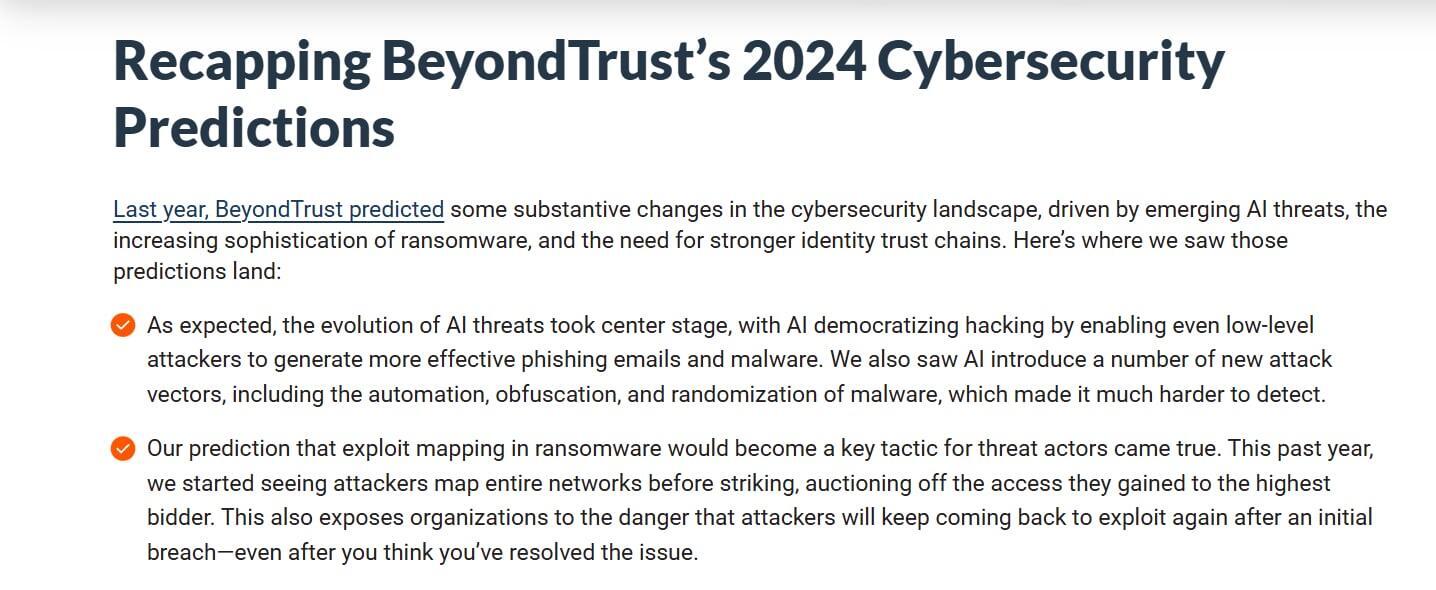
- Use multimedia elements like video to bring predictions to life. WatchGuard’s executive interviews paired with quotable insights made their campaign more engaging.
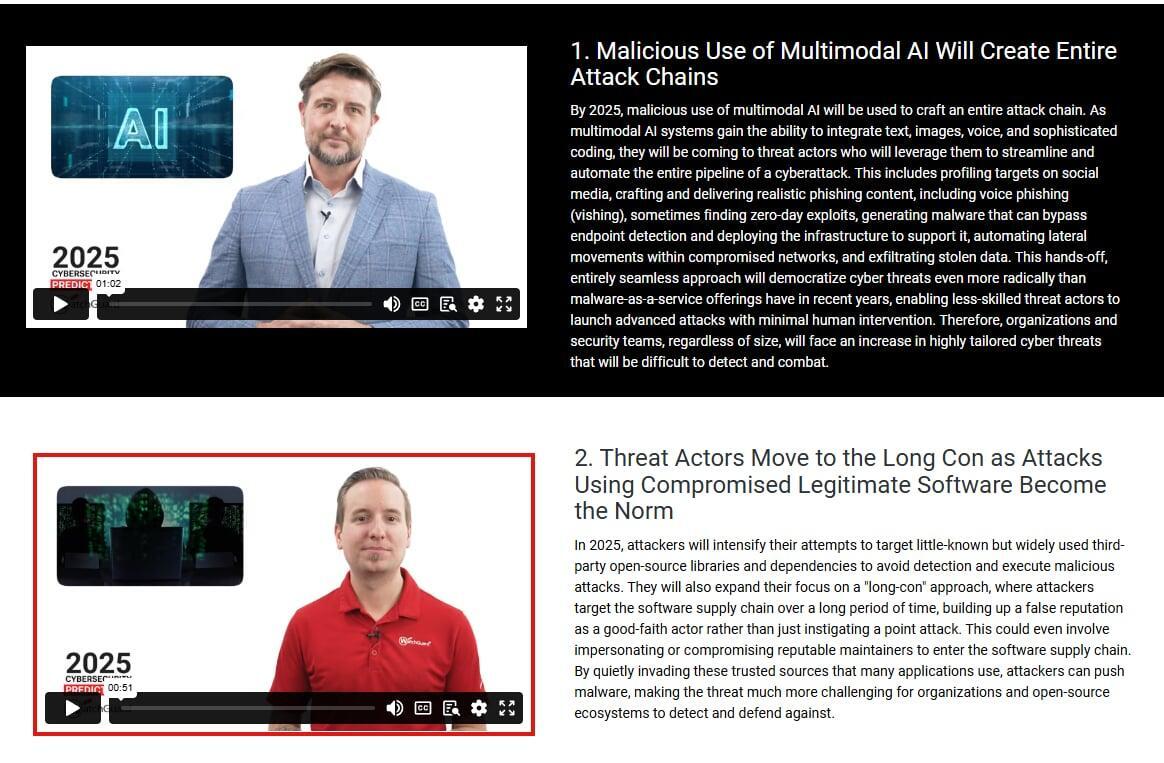
- If your product generates metrics, incorporate them. ZeroFox’s use of a probability scale added depth and authenticity to their forecasts.
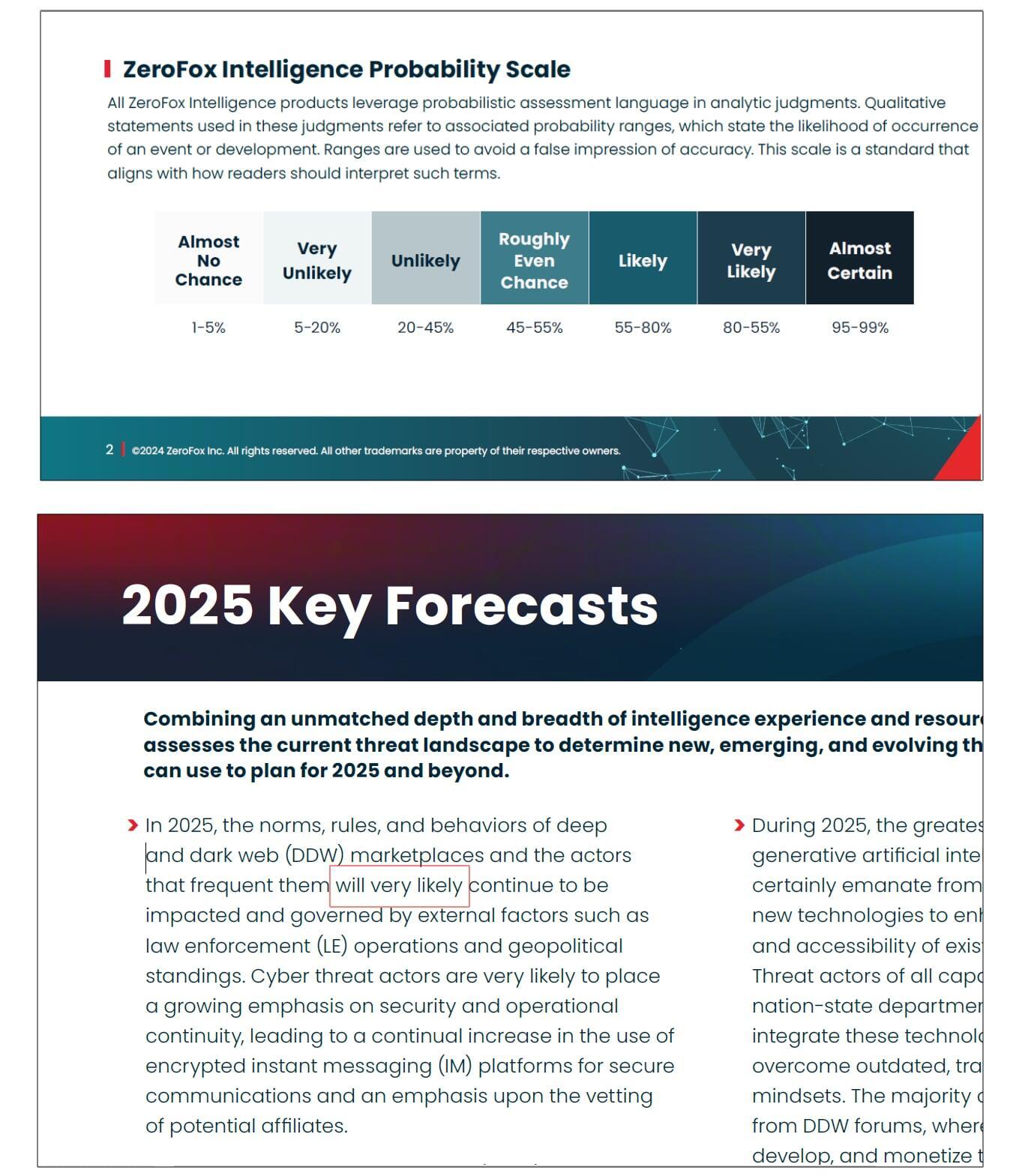
Prediction campaigns aren’t just about generating buzz. They’re about shaping the industry’s narrative—and your role in it. Consider each campaign as a chance to lead the conversation with confidence and responsibility, and your message will be bound to succeed.
